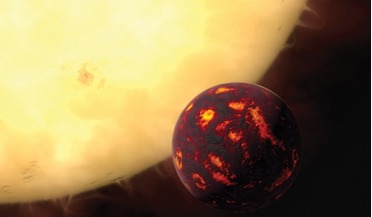 March 2017
Twinkle - a mission to unravel the story of planets in our galaxy
March 2017
Twinkle - a mission to unravel the story of planets in our galaxy
... NASA space missions such as GAIA, Cheops, PLATO, Kepler II and TESS will increase the number of known systems...surveys in our galaxy (e.g. WASP or HATNet) and space observatories (Kepler-2, GAIA, Cheops and TESS). The Twinkle satellite will be built...
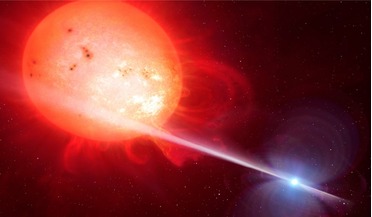 September 2017
Binary stars and their extraordinary lives
September 2017
Binary stars and their extraordinary lives
...tool for measuring the masses of stars, as discovered by Kepler and Newton in the 17th century. Their orbital properties, such... to astrophysics today as they were in the 17th century to Kepler and Newton. They can be used to measure the expansion rate...
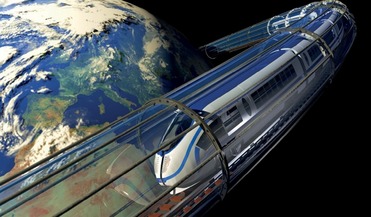 January 2018
Maximising the economic opportunities of deep space
January 2018
Maximising the economic opportunities of deep space
... mining companies: Planetary Resources (PRI) and Deep Space Industries (DSI) being the most prominent. Previously, Kepler Energy and Space Engineering (KESE) announced plans for asteroid mining as well, but they appear to have...
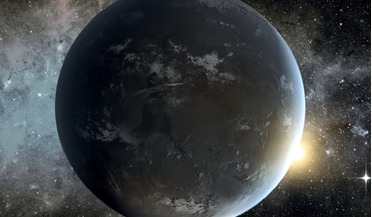 October 2019
Are we prepared for SETI discovery?
October 2019
Are we prepared for SETI discovery?
... the assistance of non-professional citizen scientists or even machine intelligence in the search. Since the same databases (Kepler space telescope data in particular) are also used to look for promising astrobiology sites, the two scientific...
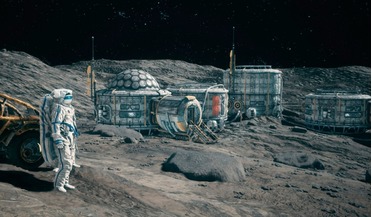 May 2022
Design architecture for 3D printing a lunar habitat
May 2022
Design architecture for 3D printing a lunar habitat
... of the Royal Society, Dr John Wilkins, first proposed the idea for colonising the moon after Johannes Kepler’s early telescopic observations of the lunar surface in his 1638 book, Discovery of a New World; or, A Discourse tending to Prove...
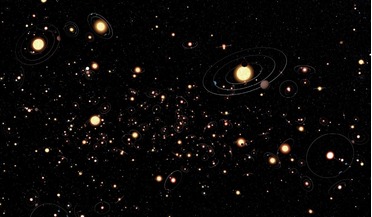 May 2018
PLATO the habitable zone explorer
May 2018
PLATO the habitable zone explorer
... as possible. The quest to find ‘Earth 2.0’ is not PLATO’s only scientific objective. By taking the long duration stare of Kepler, combining it with the multi-telescope, large field of view approach of ground-based surveys such as SuperWASP, and...